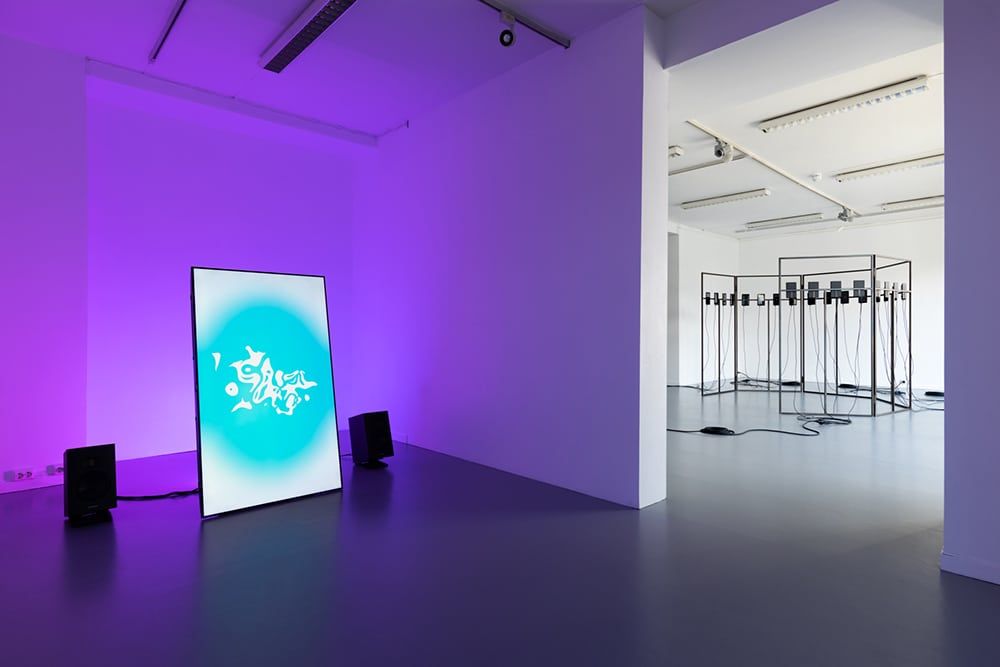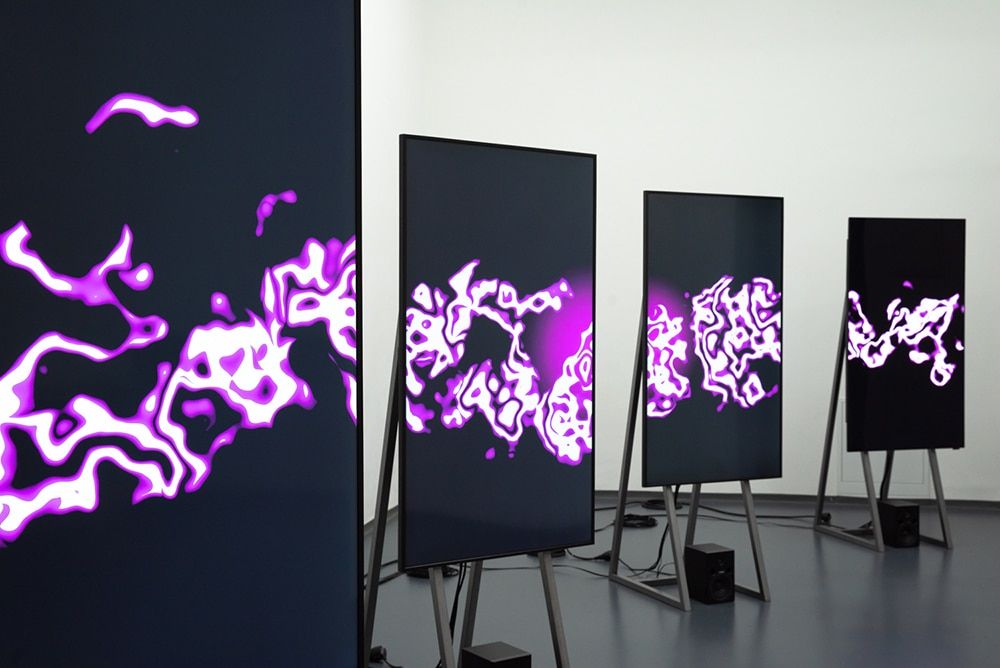Samuel Brzeski is an artist and writer based in Bergen, Norway. Samuel’s current work searches for the place and presence of the emotive body within the post-digital swirl of language. This involves exploring the inherent malleability of the structures of language through contradiction and disruption, alongside investigations into platforms of digital information transfer. Repetition, dalliance, deconstruction and humour are used purposefully, yet playfully; walking a thin line between tragedy and comedy, between sense and nonsense, between signification and sonority. Working primarily with acts of reading and vocal semantics, projects investigate how the emotional impacts of digital culture are manifested through text- and voice- based mediums, including video, sound, performance and publication.
Recent and ongoing projects include Babel Visningsrom (Trondheim), Lydgalleriet (Bergen), Østre (Bergen), Studio 17 (Stavanger), Inversia Festival (Murmansk), KRAFT (Bergen), Galleri Box (Gothenburg), bb15 Space for Contemporary art (Linz), Black Box Theatre (Oslo) and Chao Art Centre (Beijing). Samuel also co-runs the art-writing collective and publishing platform TEXST.








